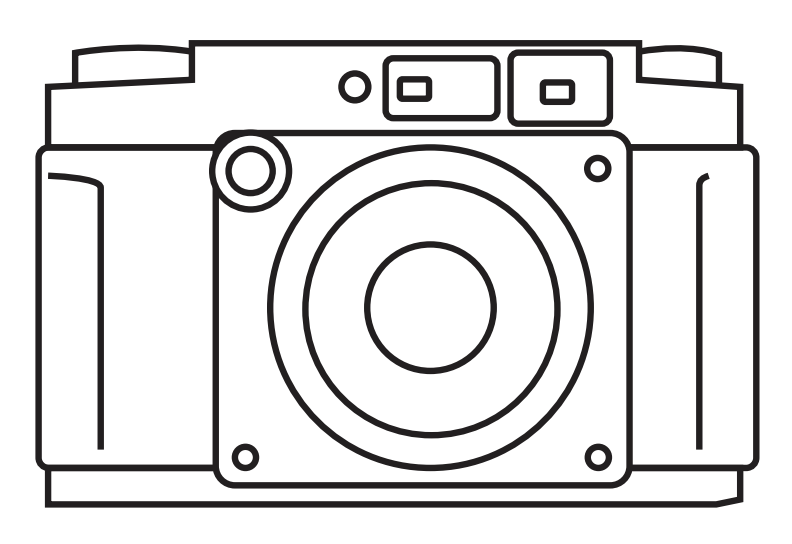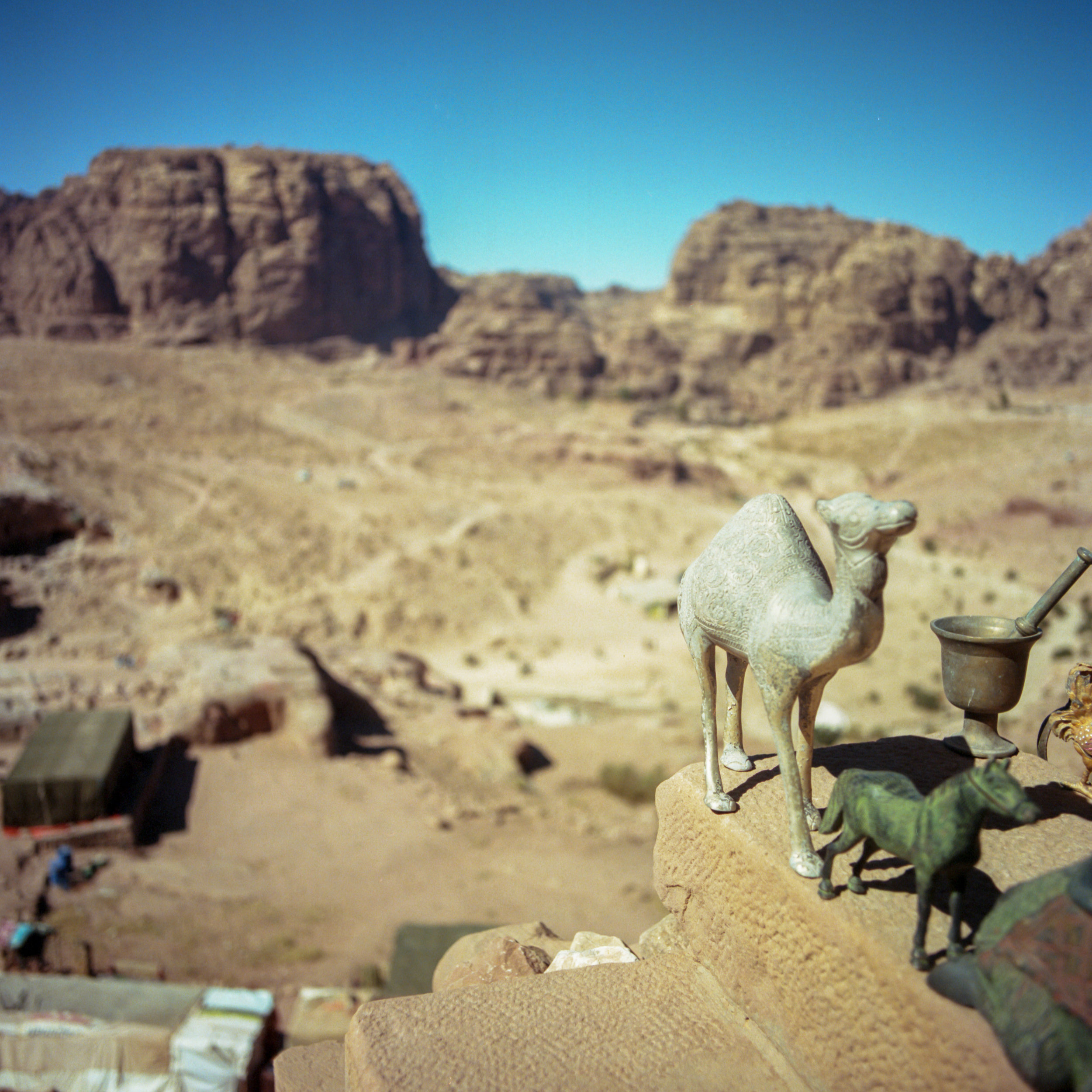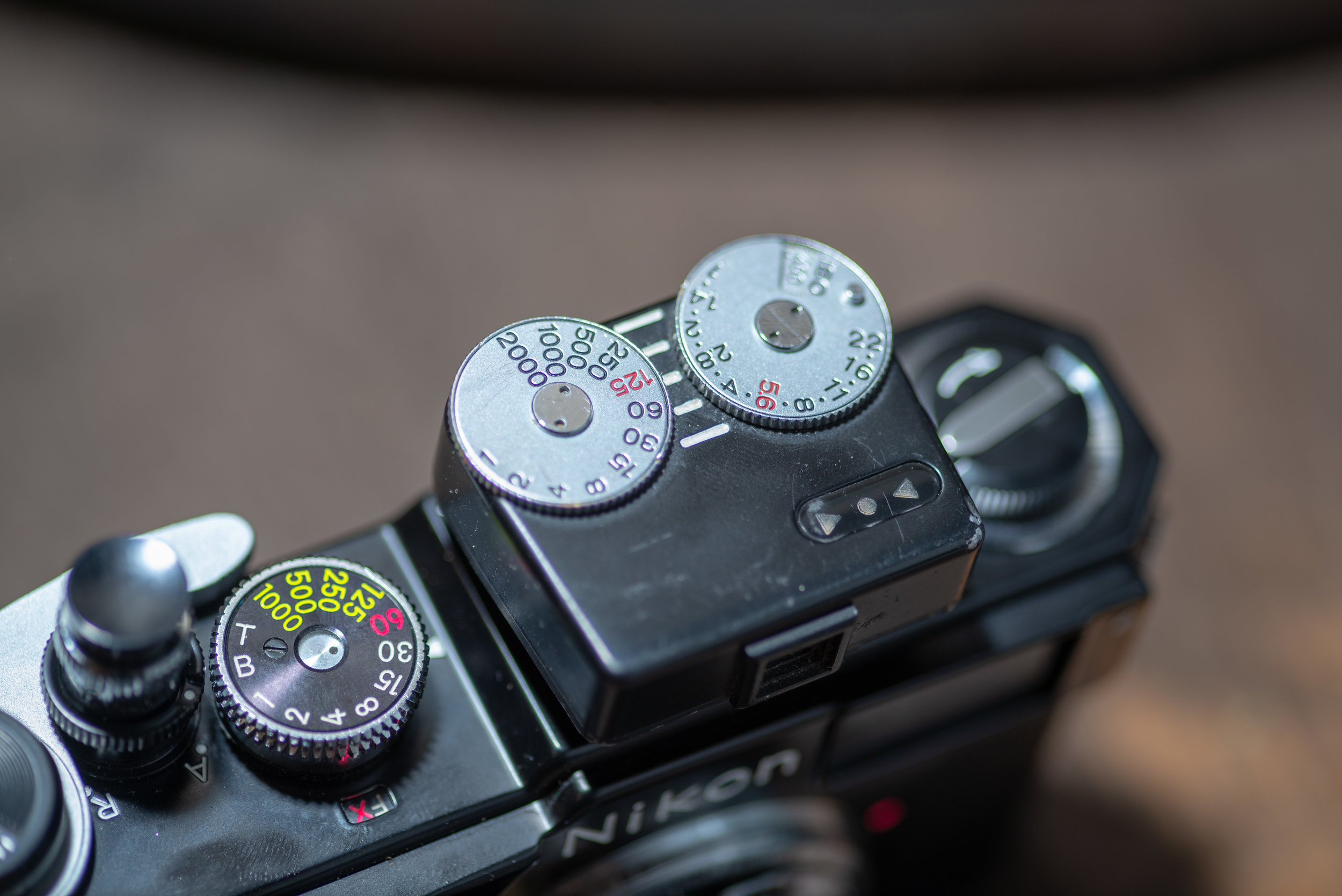Hasselblad 501c Review
The Hasselblad 501c, 80mm F2.8 CFE T*, late model A12 back and Finder
Last year, after borrowing a Hasselblad 501cm from a friend, I really became addicted to how awesome the camera was. The build quality, image quality, the way it fits in the hand, and how “compact” it is for a 6x6 camera, I felt that it really lent it self to being something I could see myself using a lot. When my friend decided to take the camera back, I decided I might as well try to locate one of my own. I really loved the improvements over the previous 500cm - the shutter button, the bottom of the camera, and the wind knob - so I set out to find a 501cm in black.
My search instilled in me the knowledge that the 501cm was well out of my price range. With a little more digging, I stumbled upon the 501c, which is an upgrade over the 500cm, only available in black, all good things. The 501c seems to have slipped through the cracks, it was only produced for a few years, from 1994 to 1997. This is conjecture on my part but I think the short production run, and the fact that everyone gravitates towards a 500cm or a 501cm, means that prices for the 501c are not too bad.
I picked up a 501c, with a late model silver back and right angle finder, for 600 dollars from a seller in Qatar. I was later given a 150mm, picked up a waist level finder (which I then upgraded to a late model waist level finder), picked up a late model 120 back as well as 220 (both in black) and an 80mm CF. I used this setup through our entire trip to Italy, I decided to bring one camera and one lens. I also brought it to Madagascar, Hawaii, Jordan, and Finland. I’ve used it extensively in the last year or more that I have owned it, so I think a review is about due.
Why I Chose the 501c
Hasselblad 501c
The Hasselblad cameras, at least the 500 series (which includes the 500/501/503), are 6x6 system cameras; almost every aspect of the camera can be replace or interchanged. They are leaf shutter cameras, with the shutter being in each lens. There is a line of 6x6 Hasselblads that are focal plane and have faster lenses, but they also come with a more daunting price tag and my wallet was not interested. I would like to and do plan to upgrade to a 501cm or, more likely, a 503cw so that I can use a power winder and long lenses without viewfinder vignetting.
The features that I wanted in the 501cm were: the newer, more ergonomic shutter button, the newer wind knob (yes, you can change it on the 500cm, but it was not standard), the interchangeable screens (the 500c didn’t allow this), and the feet on the bottom that allows the camera to lay flat. The only features that the 501c lacks from the 501cm is a gliding mirror as well as interchangeable winding knobs, neither of which I needed. Short of those two things, I think the 501c is basically the exact same camera. The only downside of the camera is that you cannot replace the wind knob with the Hasselblad meter knob, which I am fine with, as that knob is not to my style.
In Use
As I said above, I’ve used this camera on numerous trips, which was after using the 501cm for a few trips, and a 500cm for some time before that; I have a good idea of how the camera operates and its ups, downs, and quirks. I feel qualified to finally write up a review, though I might not be the best at articulating it.
The camera is surprisingly compact for a 6x6 system camera, fitting perfectly in my Crumpler Five-Million-Dollar Home bag, or even a smaller side bag. With the waist-level finder, it is as small as a Rolleiflex, give or take a little.
The camera fits nicely in the hand, as much as any box would. I find that holding the camera in my right hand, index finger on the shutter button, with my thumb around the wind knob and fingers underneath. I focus with my left hand. I believe that Hasselblad suggests the opposite, but I find this way most comfortable for me. My only real complaint about the camera is with shorter barrel lenses, when focusing them I tend to hit the sides of the shutter button. The longer lenses, such as the 150mm and onward, have much larger focus grip.
Everything about this camera feels extremely well built. It is a tank. I have heard that there is a higher than zero chance the camera jams, but i have not experienced this yet. When attaching the lens and also detaching the lens, the body and lens have to be in sync. The lens cannot be removed with the shutter uncocked. It is an easy fix if somehow, the shutter is tripped with the lens removed, simply turn the screw on the bottom in the direction of the red arrow.
The camera, in addition to and sometimes absent of my GF670w, has become my go to travel camera. I’ve heard, many times, that a camera of this size could not be a travel camera, that it is too heavy, blah blah blah. This camera is the perfect medium format travel camera. Its size to quality ratio far exceeds that of any 35mm SLR. I’ve hiked with this, a my gf670w, and an extra lens (150mm) and a12 back; ignore the naysayers and use this as a travel camera.
Accessories and upgradability
This is the system broken down, and the 80mm CF lens I replaced with the 80mm CFE
One of the biggest advantages of this system is how interchangeable everything on the camera is. You can use any number of backs, for example. If you want to shoot different film stocks, you can load up separate backs. Or, if you’re shooting an event in which time is precious, pre-loading multiple backs to interchange quickly is also an option.
While my 501c does not have the ability to change the wind knob, the 500cm and 501cm both do have that ability. There are different style knobs, one that is even a meter; the meter knobs are old, so accuracy might be an issue. I purchased both an hood mounted accessory shoe as well as a side rail shoe to put my Voigtlander VcII into. The hood usually does not come with me, it adds a fair amount of bulk to the camera’s overall size.
A huge advantage of this is that you’re able to build yourself up to the exact system you’d want. I started with a late model a12 in chrome, prism finder, body, and 150mm lens. I upgraded the viewfinder to a late model, a second and then third late model back, as well as an upgrade to the latest version of the 80mm lens. Unlike the Rolleiflex or any other fixed lens camera, you can get into this system at a reasonable price point, then upgrade to the exact system you want. If a part breaks, you don’t have to replace the entire camera, you just have to replace that single part.
The older parts of the system work really well, but I prefer the newest versions of them. The backs with the darkslide holders, the viewfinder with the collapsible sides and easier to open tab, and the CFE lenses. The CFE lenses have rubber instead of hard knurls on the focus, shutter, and aperture rings, the focus is much more smooth as well. However, I have friends who absolutely love the C and C T* metal lenses. The 500 system really lends itself to building the exact camera that the user wants, this makes the Hasselblad one of the best choices for medium format shooting.
Final Thoughts
With a countless (unless you count them) amount of combinations for the perfect setup, almost anyone who wants the highest quality 6x6 system camera can build exactly what they want. I did not think I’d enjoy this camera as much as I did, but using the 501cm got me hooked on this camera system, but the 501c was my first foray into actually owning one. The 501c is a perfect cross between the later advancements in the system while also being affordable because it is often overlooked. Plus, it comes in only black, the best camera color.
In addition to the above images, this Flickr album contains many more Hasselblad 501c images.























